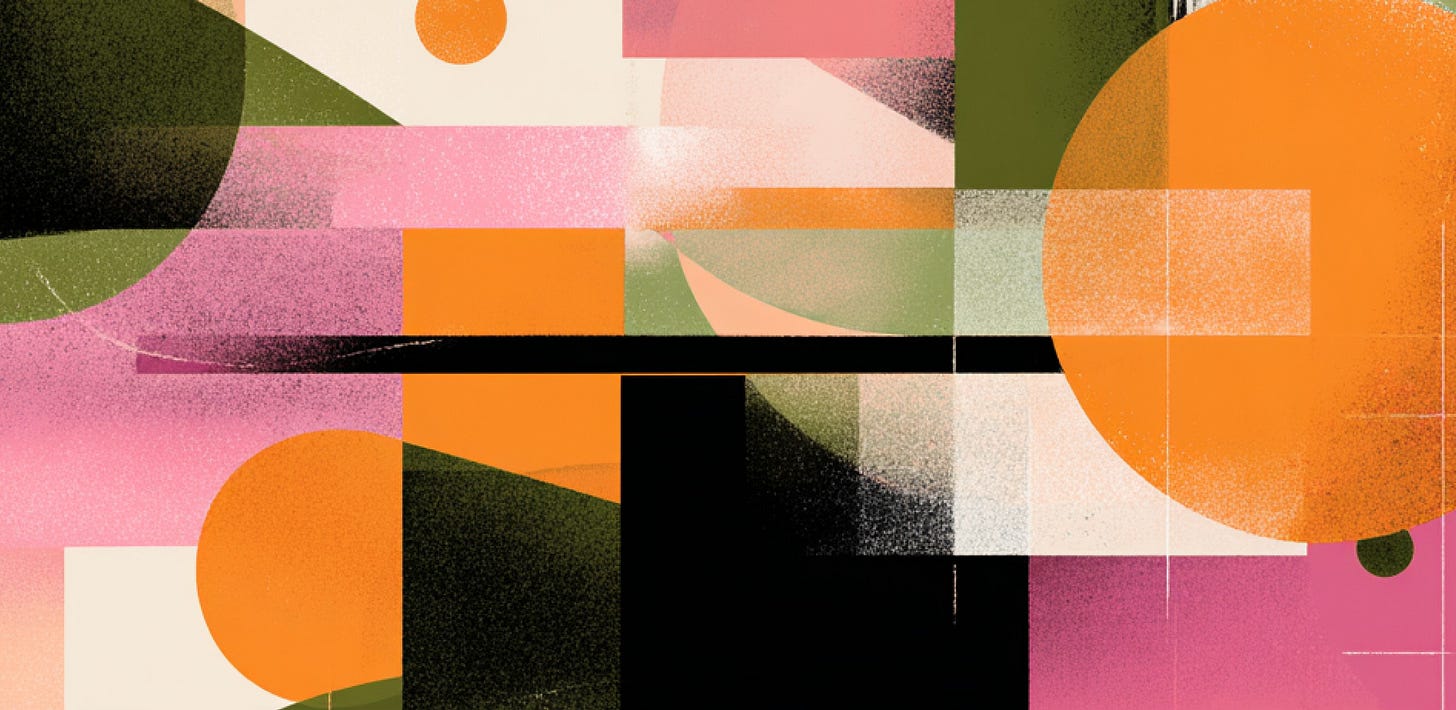Stop designing on autopilot
Most designers don’t plateau because their skills stop improving. They plateau because their habits slowly start making decisions for them.
Over the years, you build a personal creative framework without noticing it. Your favorite shapes, your typical compositions, your default contrast levels, your go-to type choices. Every successful project adds another shortcut. Every deadline reinforces a familiar solution. Eventually you operate from an internal “system” that feels reliable.
At some point, you start designing for that system instead of designing for the actual problem in front of you.
The trap
It happens quietly. You open a new brief and your brain immediately scans through old solutions.
What worked last time?
What layout feels safe?
Which aesthetic can you reproduce quickly?
That’s autopilot.
It feels efficient and the work often looks fine. But it stops you from expanding your range. You no longer surprise yourself. Projects begin to blend together. Your visual voice becomes predictable, even to you.
Your autopilot produces clean, competent work. It rarely produces the type of work that pushes you forward.
Design with intent
A lot of creatives instinctively design from the question:
“What am I good at and how can I apply it here?”
The real growth question is different:
“What does this project actually need?”
Those two questions lead in completely different directions.
One keeps you inside your established comfort zone.
The other confronts the parts of your craft that you haven’t developed yet.
Choosing the second question is what opens new territory.
Being more mindful
You can feel when it happens. You recognize a pattern from an earlier project. You reach for a familiar layout. A color palette appears in your mind before you’ve even studied the brief. A trusted solution drifts in almost automatically.
That moment is the pivot point.
If you follow the instinct without thinking, you repeat your past.
If you pause, even for a second, you create room for a different outcome.
Ask yourself:
“Am I choosing this because it fits the project, or because it’s easy?”
That single question can shift the entire direction of your work.
Challenge yourself this week
Once this week, design something while actively noticing when your mind slips into autopilot. You don’t need to fight your instincts; just slow them down long enough to make a conscious choice.
When a default solution appears, don’t immediately commit.
Test it.
Question it.
Explore two or three alternatives before deciding.
Let the project guide the aesthetic rather than your routine.
Every time you do this, you close the gap between your taste and your ability. Over time, that gap becomes the difference between being technically skilled and being genuinely world-class.
Why does this even matter?
The designers who keep evolving aren’t the ones with the biggest libraries of tricks. They’re the ones who resist the gravitational pull of routine. They keep a sense of curiosity alive. They treat each new project as a chance to stretch instead of repeat.
Your comfort zone delivers consistency.
Stepping outside of it delivers growth.
Your creative ceiling isn’t defined by talent. It’s defined by how often you question the habits you’ve built, and dare to venture into unknown territory.
Turn off the autopilot this week.
Choose the uncomfortable option at least once.
Design something that doesn’t come from muscle memory.
That’s how you expand your range.
Keep designing,
-F




This is a great point and the key to not feeling stuck and stagnant. Nice post!
so on point! it’s not an easy path but it’s worth it. new habits take time, be patient.